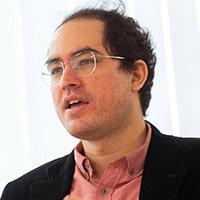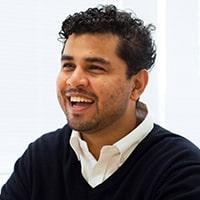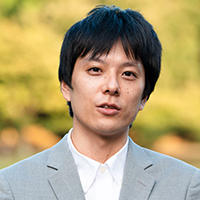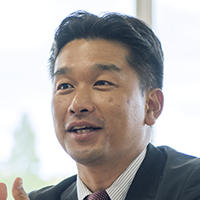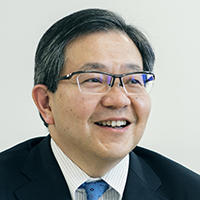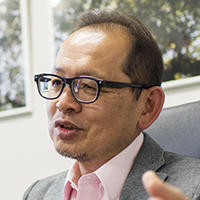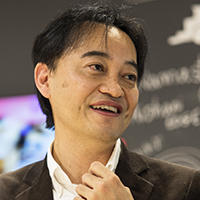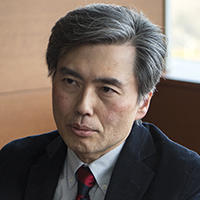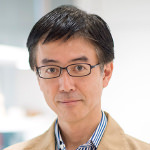SDM Voice | Dr. Prafull Kasture
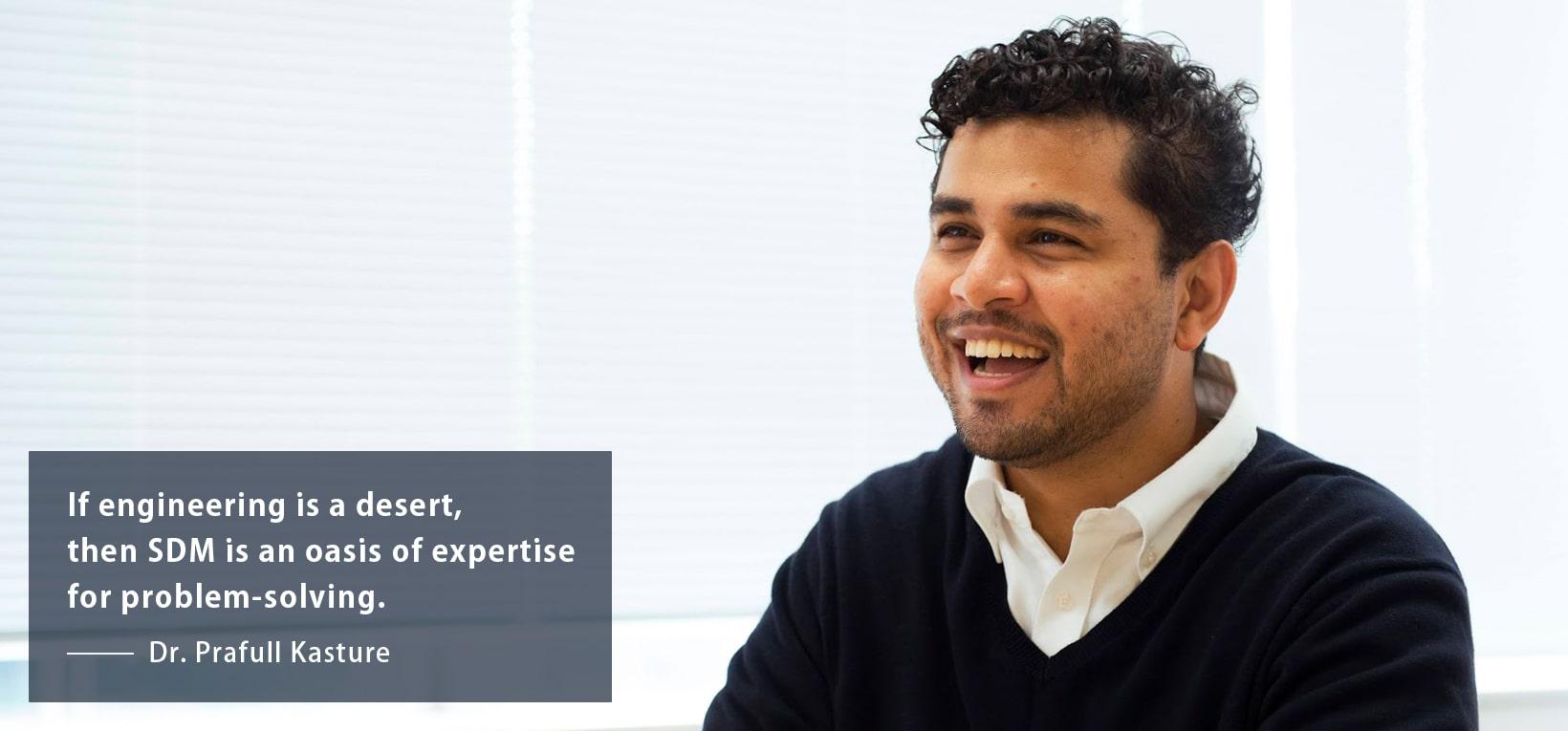
We sit down with Dr. Kasture to hear what stood out about the SDM curriculum, how he chose his research topic, and why he hopes to apply these approaches to projects in his home country of India.
Profile
Dr. Prafull Kasture
Ph.D. in Systems Design and Management
Graduate School of Systems Design and Management, Keio University
Prafull Kasture earned a Ph.D. from the Graduate School of System Design and Management (SDM) at Keio University. As a graduate student, he studied the emergent behavior of traffic jams in transportation systems and the design of an ant-inspired intelligent transportation system for traffic efficiency. His research interests include systems analysis and design for complex emergent systems and applying biomimicry to sustainable, efficient, and holistic systems design.
Three Defining Characteristics of the SDM Curriculum
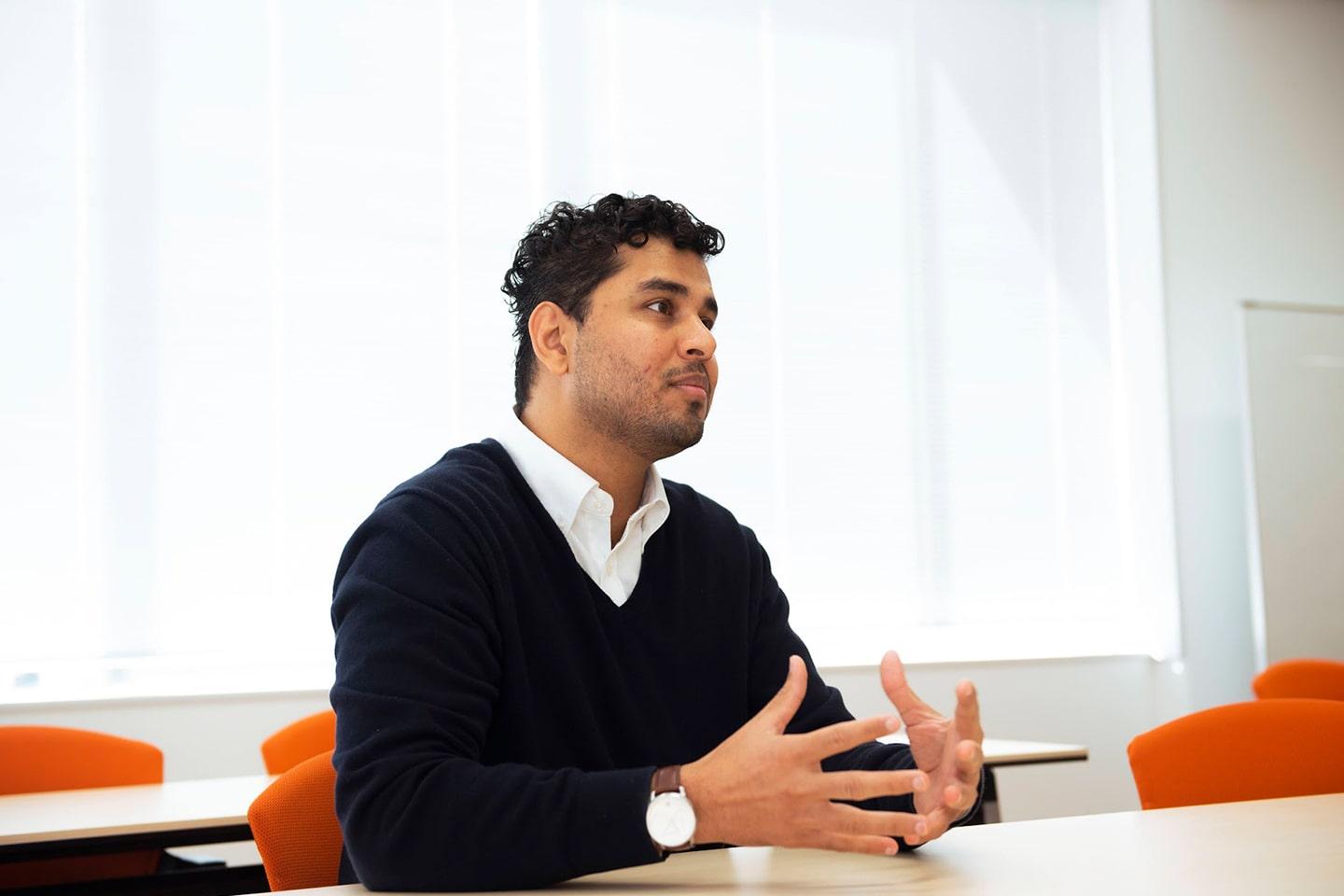
I lived in my home country of India before coming to Japan for the first time to study at Keio. After my undergraduate program, I wanted to go somewhere different, somewhere that would be challenging both academically and culturally. I chose to look east to Japan, where I discovered the Graduate School of Systems Design and Management (SDM) as part of the Global 30 program sponsored by the Japanese government.
SDM was exactly what I was looking for. If I compare my undergraduate program in engineering to the desert, filled with dry mathematical equations, then SDM was an oasis with a fountain of practical applications. It makes you think about whole systems and potential solutions rather than simply the mathematics behind them.
There are three points about SDM that stood out in particular. The first was its systems design methodology rooted in the problem-solution approach. The second was its multifaceted perspectives, thinking about different stakeholders and interested parties across multiple disciplines and bringing them together. While you need to design a solution, at the same time, you need to make sure you understand the complexities of the system you are building to assess the lifecycle of your product, system, or solution and think about how it might link to other existing systems or solve other problems. This holistic approach lies at the core of the SDM curriculum, which I believe is crucial. And it's a new approach because, for the better part of history, scientists focused on making things simpler, trying to understand how A relates to B, without considering C, D, and E. SDM does just the opposite. You figure out how A relates to B, C, D, and E and then understand how they all link together, and I think it's important to embrace this complexity.
Ant-Sized Solutions to Traffic Jams
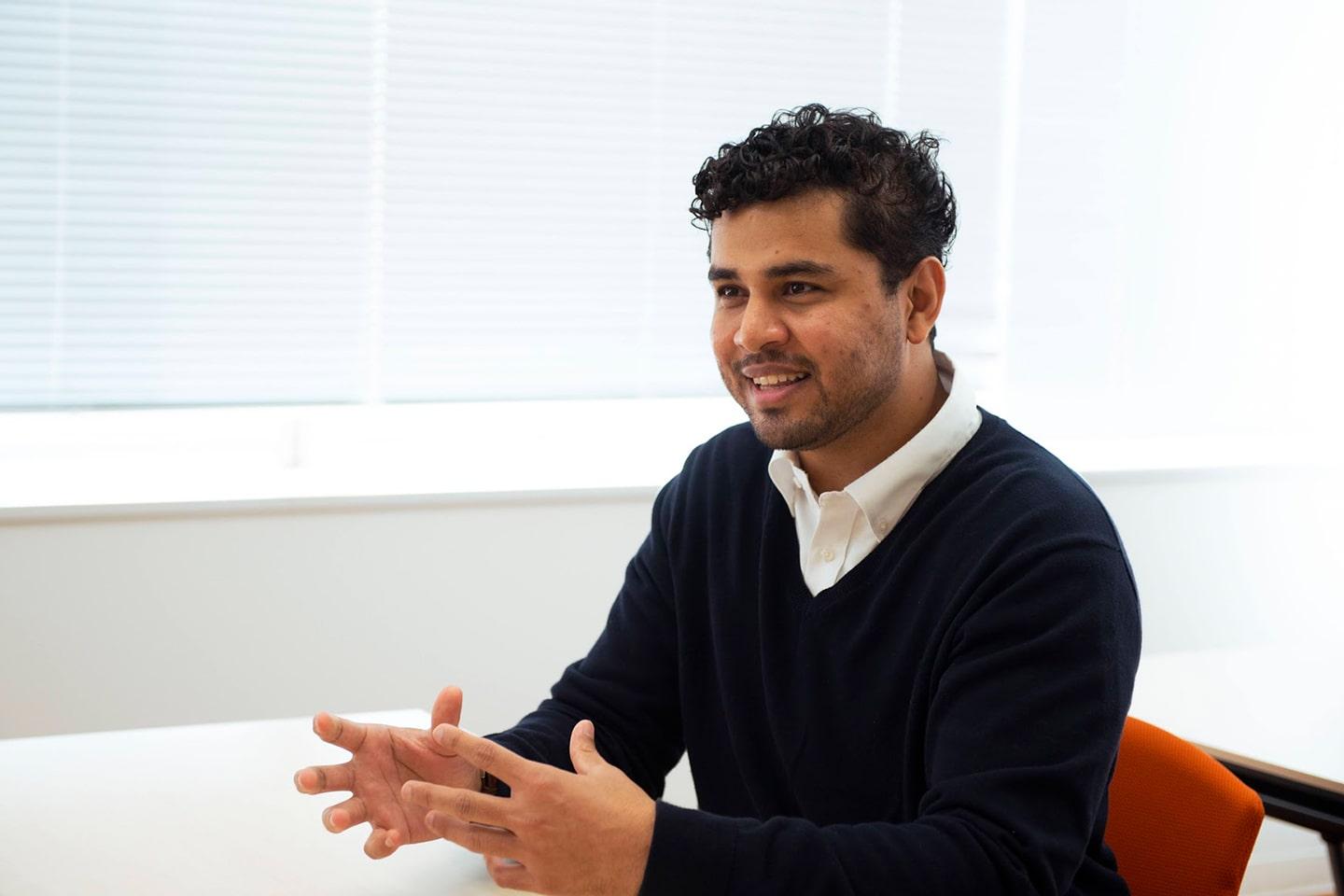
My research at both the master's and doctoral levels was on traffic jams and how we can learn from ants to prevent them. In a growing economy like India, traffic jams are a serious problem, especially if you visit areas like Mumbai or New Delhi, which have some of the worst traffic jams in the world. But there is research that proves that ants are able to work together to avoid traffic jams, an interesting bit of trivia, especially once you discover that some species of ants are completely blind. While the details are technical, ants use a chemical signal to collect information about the larger traffic system. For example, a human driver usually bases their speed and other decisions on one thing: the distance between them and the car ahead of them. That is really limited information. Ants, on the other hand, can assess the behavior of 100 ants ahead of them and adjust their behavior to avoid or reduce a jam based on that information.
The real-world application of this information is where things get interesting. As a researcher, I break this into multiple parts. First, I assess how to collect information on the big picture. The technology for intelligent transportation systems is already here, so we need to incorporate that into our ability to foresee and understand the traffic system beyond visual aids. That brings me to the real challenge and the focus of my research: how do we satisfy selfish human needs while working together in a larger system. Ants have either learned or evolved to overcome this problem of selfish behavior, and my research at SDM tried to understand these mechanisms better.
One-for-All But Not All-for-One: Bringing Systems Design to Sports

I practiced judo for almost ten years before coming to Japan and continued to train throughout my master's and doctoral programs with the Keio Judo Club. One of my teammates was a junior world champion but wasn't even the most senior person on the team, which surprised me. Fourth-year students manage the club, and third-year students support them. Then first- and second-year students support the third-years. Japanese sports clubs have a system that teaches you how to build world-class organizations that are completely different from Europe, the US, or India. In many Japanese clubs, there are no coaches. The students themselves manage the club and training regimens, and they work together to improve their skills. That fascinated me from a systems design perspective because sports is often a winner-takes-all environment. But in Japanese sports clubs, you see a management style that promotes the team as the winner.
Despite their shared location in Asia, Japan and India are quite different places, so I am working on ways to apply the SDM approach to problem-solving in India. Now that I'm working with some of my former judo peers in India, we're looking at ways to build a system where not just one person but the whole team becomes the champion. Normally what happens outside Japan is concentrating on one person, that one person in 10,000 who might qualify for the Olympics. What surprised me about Japan is that the system concentrates on the whole 10,000. And the one or two exceptional athletes are just the byproduct of the system.I'm now working with colleagues in India to think about how high school and university-level judo athletes in India might benefit from this approach. Beyond that, we're also considering what value judo might have for people with little to no exposure to sports culture outside their village. This is just one example of how SDM can be applied to I attribute to my love of judo.
SDM Research Translates into a Cutting-Edge Career

Coming to SDM gave me valuable experience and provided opportunities to understand and improve different systems. SDM gave me insights from things like judo that I can take from Japan and apply in India. There are also things we can learn from India and bring to Japan. And that is what creates opportunities for future collaboration and value creation. In my current position at Continental, I'm a systems engineer for innovation working on autonomous driving systems. Self-driving cars need infrastructure like valid parking solutions. One idea we have is a self-driving car that drops its passenger off at their destination and then goes and parks itself. The car needs to work with the available parking spots in the appropriate zones in this scenario. These are the types of topics we're currently working on. India, too, is starting to think about using intelligent transportation systems to reduce traffic jams. I get excited when I realize that our research is tackling a universal problem that will have applications in a larger system not just in Japan but also in India, Europe, and beyond.

